Artificial intelligence is a term that many are familiar with. When people mention it, they often do not consider its specific connotation, treating it more as a synonym for information technology education, especially programming education. However, the term artificial intelligence cannot comprehensively represent the current state of information technology education. Information technology education is not solely about the popularization of artificial intelligence, although it is becoming increasingly important.
In March 2020, the Qingdao Education Bureau issued a notice titled “Implementation Opinions on Artificial Intelligence Education in Qingdao City”. The notice clarifies the positioning of the curriculum. The artificial intelligence education curriculum is to be established as a distinctive course in Qingdao, offered to primary and secondary schools across the city. The implementation of the curriculum is to be coordinated, with introductory artificial intelligence courses for grades one to three taught via video, with one class hour per month; other grades (excluding graduating classes of junior and senior high school) will follow a regular teaching model with at least two class hours per month. Seizing this opportunity, Guxian Primary School quickly took action and began programming education in the sixth grade that year.
As daily teaching progressed, teachers found that pure code instruction could not capture students’ interest and could not effectively integrate knowledge related to artificial intelligence, resulting in minimal outcomes.
After multiple discussions by the school’s information technology research group and drawing on successful experiences from other schools, Guxian Primary School decided to adopt a dual-thread approach, specifically the “dual-thread” teaching model, as follows:
1. Club Activities and Large Class Teaching Combined
The launch of a new content requires pilot testing. Guxian Primary School fully utilizes the advantages of clubs, using the “Three People Walking” maker education space to select students with special talents to learn first, then radiate this to large class teaching. The goal is not speed but stability, aiming for relative progress in upper-grade teaching.
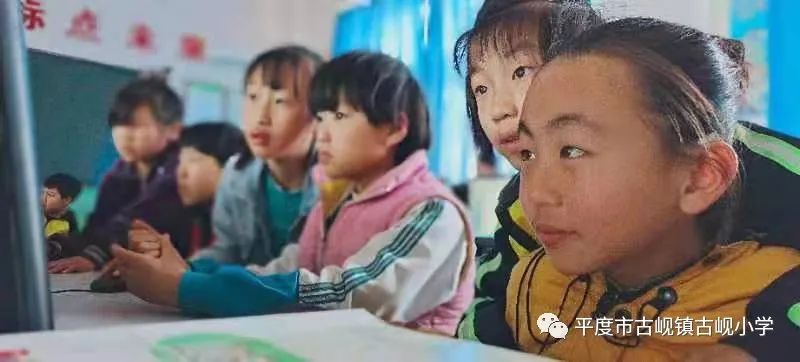
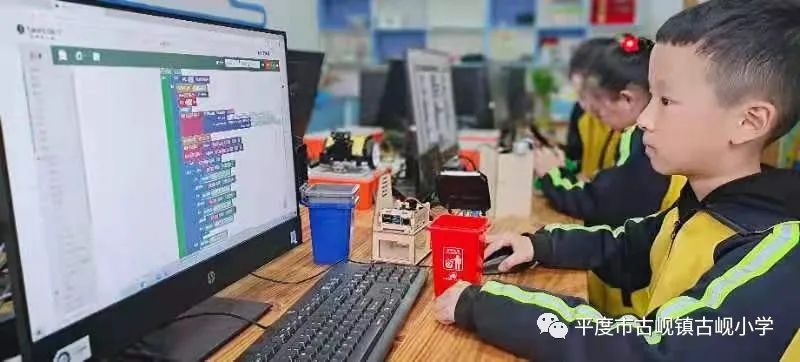
2. Graphical Programming and Python Code Comparison
Artificial intelligence education primarily involves cultivating awareness, allowing students to experience the charm of high technology, before moving to practical operations in daily teaching, specifically programming education. Since both teachers and students are new to this, particularly the teachers, they learn and teach simultaneously, essentially learning and progressing together with the students. Based on the age characteristics of elementary students, Guxian Primary School starts from their interests, using graphical programming to assist in Python coding instruction, achieving some success. This approach has been established as a project for research at the city level in Pingdu and is being gradually implemented.
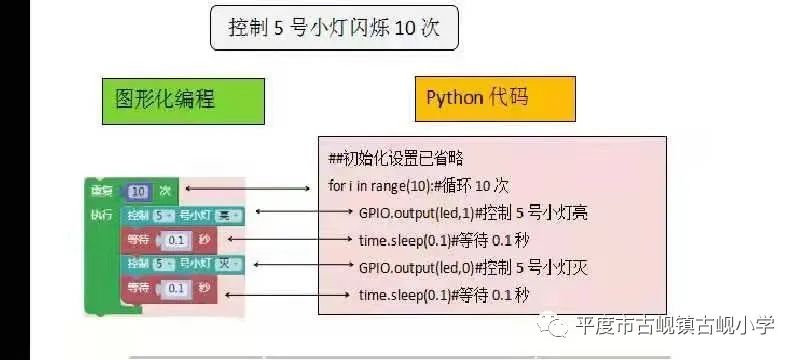
3. Raspberry Pi and Arduino Complement Each Other
Teaching artificial intelligence is more about showcasing high-tech products. To this end, by integrating open-source hardware, programming education can better capture students’ interest, reinforce what they’ve learned, and provide successful experiences. The school invested over 30,000 yuan to establish the “Three People Walking” maker education space, purchasing Raspberry Pi kits and Arduino kits, primarily using Raspberry Pi in club activities, organizing teaching content and compiling school-based teaching materials during activities to support large class teaching.
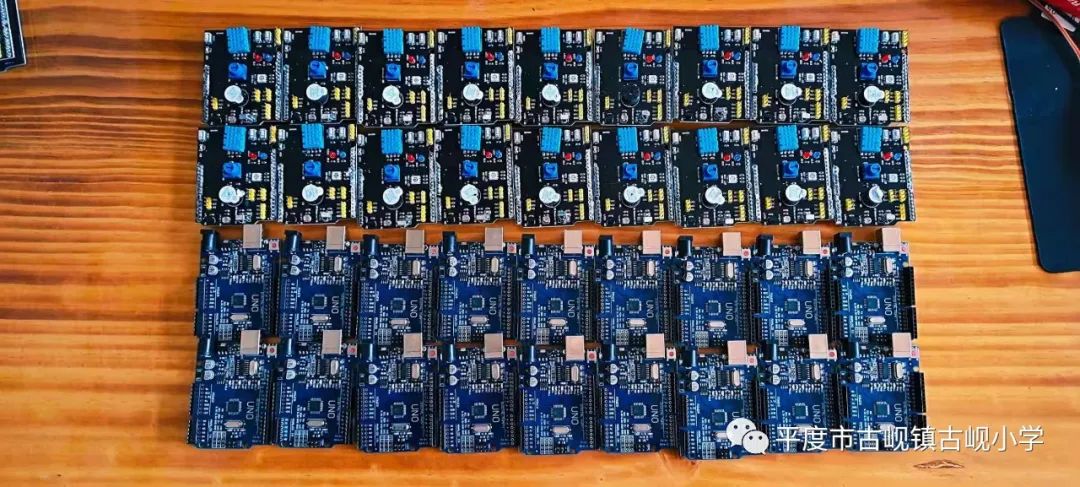
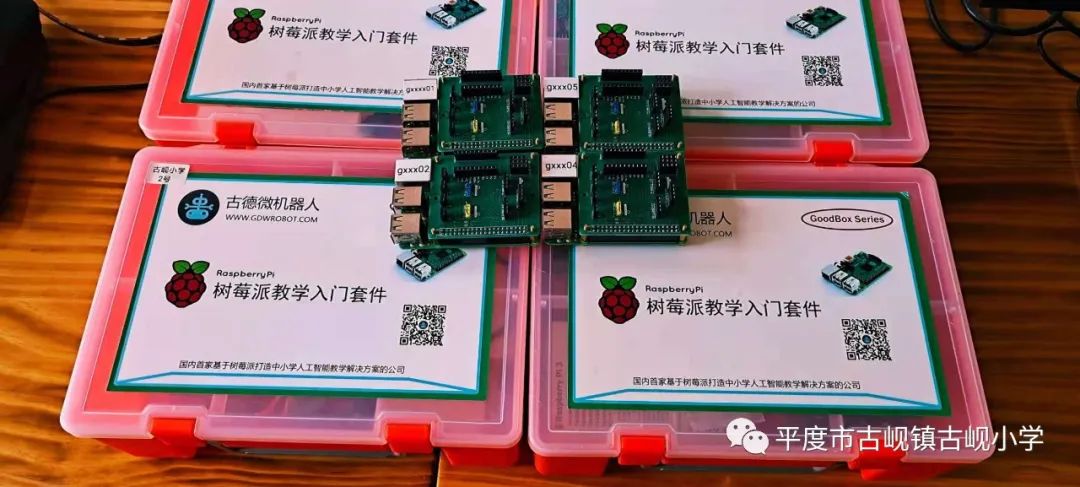
4. Organic Combination of School Teaching and Student Self-Learning
Having only one information technology class per week is far from meeting students’ learning needs. Therefore, the school draws on the excellent practices of other schools, making full use of equipment and allowing club students to take materials home for continued learning. This way, students can practice and reinforce the knowledge learned at school at home, achieving a more effective outcome. Currently, this practice is being gradually promoted throughout the school.
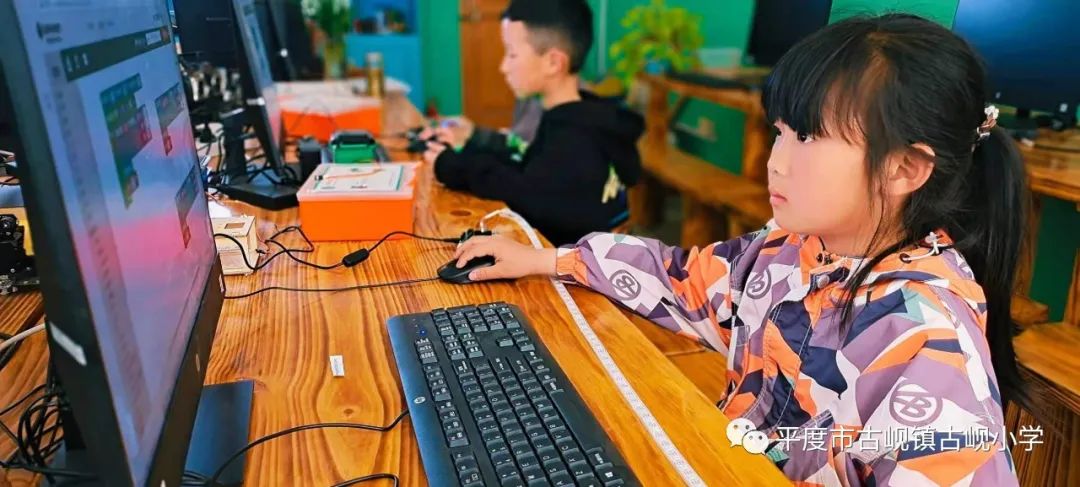
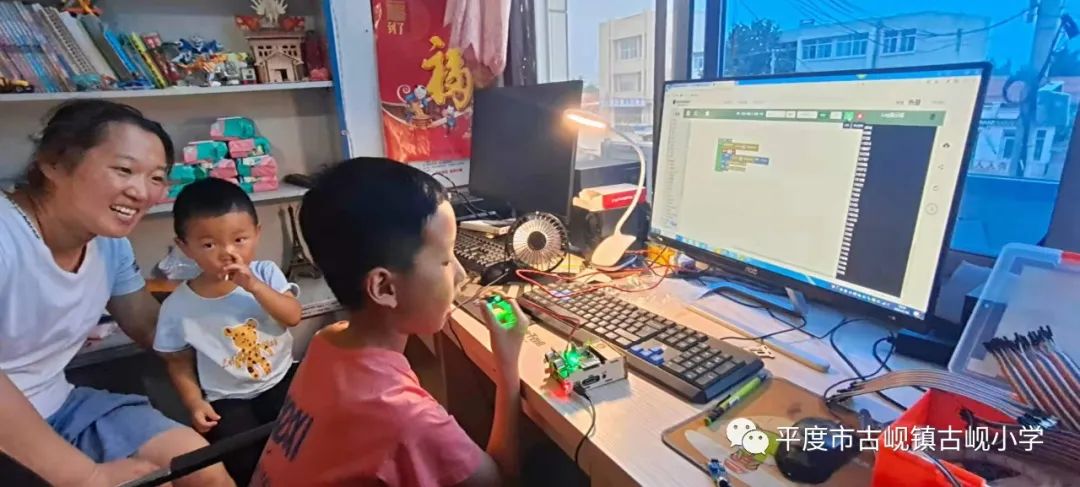
Popularizing artificial intelligence is a long-term systematic project that cannot be achieved overnight. All information technology teachers at Guxian Primary School, based on the school’s actual situation and the reality of students, strive to carry out this work steadily and gradually.










